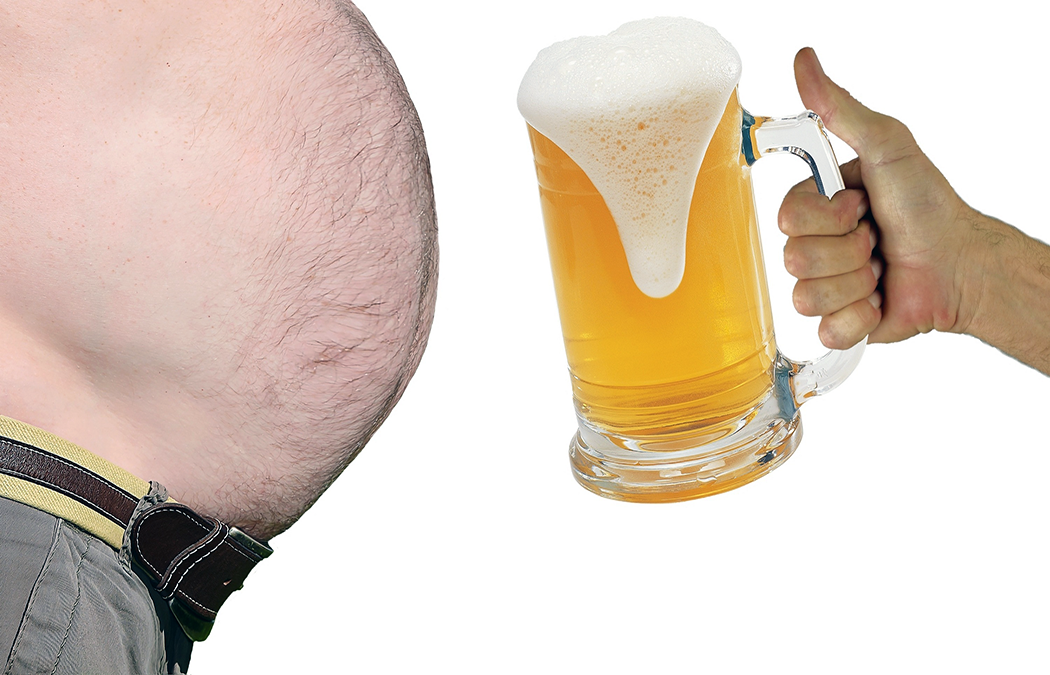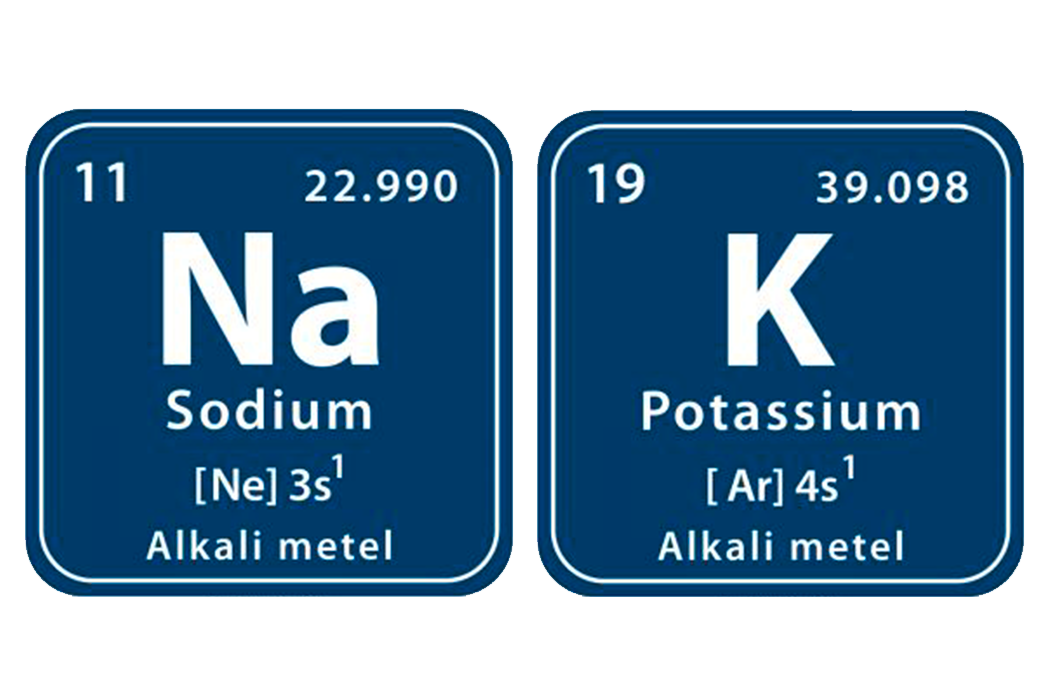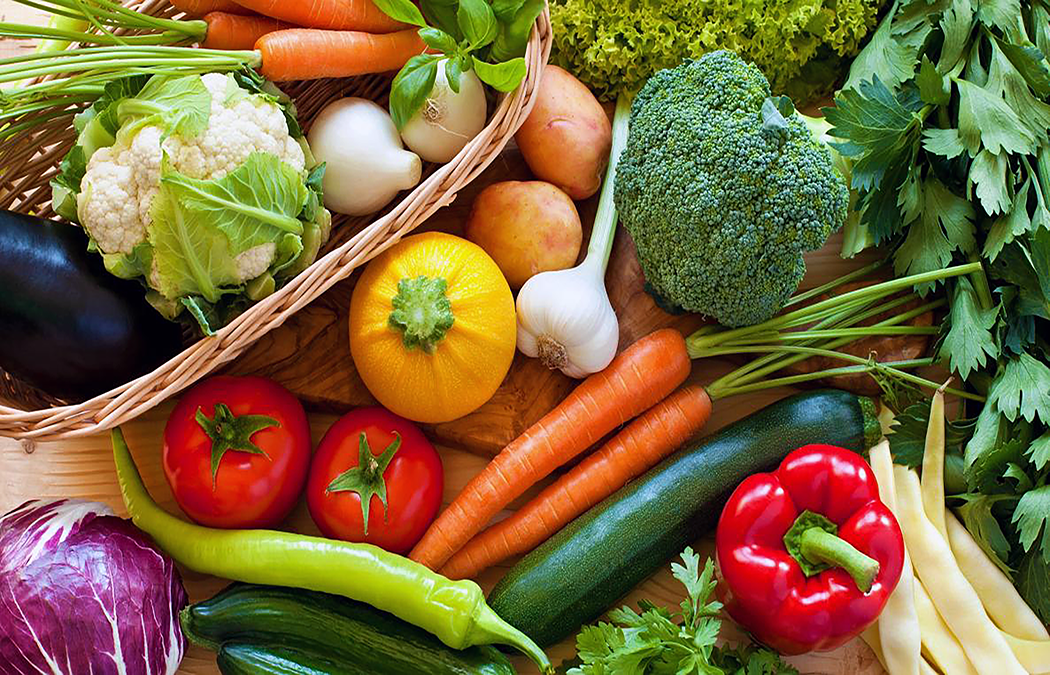NUSTART InSights

With today’s busy and modern lifestyle, it can be challenging to get enough of the nutrients needed by the body from the food you eat. Generally, the body requires a particular amount of minerals and vitamins to function. Every person has a recommended daily amount (RDA) of all essential vitamins. For instance, the body requires vitamin K for the blood to coagulate and vitamin D to absorb calcium. Some nutrients may also help support bodily functions, like the skin’s integrity and collagen.
Below are some of the many benefits of taking vitamins:
1. Promotes Healthy Aging

As men get older, their six-pack abs may gradually merge into a round keg. The large stomach many men develop with age has earned the title beer belly, beer gut, and brew belly due to its shape and men’s tendency to get too many of their calories from alcohol. While these nicknames may be humorous, excess belly fat can have serious negative consequences on men’s health if not appropriately addressed.
What Causes Beer Belly?
Despite the name “beer belly,” beer is not the sole cause of abdominal fat buildup — it’s usually a combination of unhealthy habits. From a poor diet and excess calories to a lack of exercise and hormonal changes, many variables affect stomach size. Though it’s not always the culprit, alcohol can also affect fat storage.

Sodium is often blamed for boosting blood pressure while potassium is praised for keeping it in check. It really doesn't make sense to look at these two minerals separately, though, since they work in tandem throughout the body. The ratio of sodium to potassium in the diet may be more important than the amount of either one alone.
Our Paleolithic hunter-gatherer ancestors took in about 11,000 milligrams (mg) of potassium a day from fruits, vegetables, leaves, flowers, roots, and other plant sources, and well under 700 mg of sodium. That's a sodium-to-potassium ratio of 1 to 16. Today, we get more sodium (3,400 mg) than potassium (2,500 mg), for a ratio of 1.36 to 1.

What Does "Normal" Mean?
Normal poop, called "stool" by medical professionals, is brown, well-formed, sausage-shaped, uniform and thick. It should feel fairly easy—or not like too much of a struggle—to pass. Most people poop once or twice each day, and the most common time of day is either at waking up or after breakfast, Bulsiewicz says.
The frequency and time of day of pooping can vary with normal stool, confirms William W. Li, M.D., an internal medicine physician and scientist in Boston and the author of Eat to Beat Your Diet. Our guts are like our fingerprints—unique to the individual—so the best course of action is to become familiar with your routine and notice when you stray from it.

So, you have an idea of which vegetables you want to plant. But when should each vegetable be planted? How early can you plant tomatoes? How late can you plant pumpkins? Do you really plant potatoes on St. Patrick’s Day? This will help you determine when to plant your vegetables in the garden.
There are a few factors which will help us figure out when to plant which vegetables in the garden:




